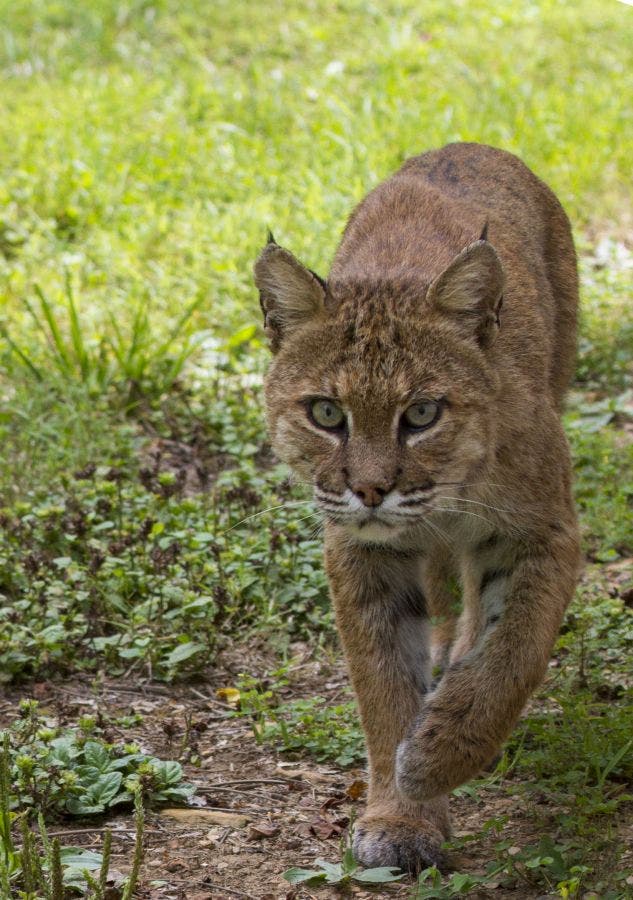Home & Garden
Bobcat Struck By Vehicle Released Into The Wild In North Jersey
The animal was rehabilitated from a serious leg injury after it was injured late last year.

PASSAIC COUNTY, NJ — A bobcat whose leg was severely hurt and spent months rehabilitating was released back into the wild in Waywayanda State Park Wednesday.
Personnel from the state Division of Fish and Wildlife released the bobcat into the wild.
The bobcat sustained multiple femur and joint fractures to its hind leg that required pins, wires, screws and plates to repair. State wildlife authorities estimated the animals to be between 6 and 7 months old when it was struck.
Find out what's happening in Waynewith free, real-time updates from Patch.
A bobcat whose hind leg was crushed by a car in November was returned to the wild at #WawayandaStatePark. https://t.co/WxCKkb5oj1 pic.twitter.com/aKomg4IaPj
— North Jersey News (@northjersey) March 29, 2017
The animal was rehabilitated at the Woodlands Wildlife Refuge in Hunterdon County, a nonprofit.
"This success story is a testament to the important work the Division of Fish and Wildlife does every day to conserve and protect our remarkably diverse populations of wildlife," said Department of Environmental Protection Commissioner Bob Martin. "The division would not be able to do this type of work if not for the strong partnerships it has built with groups such as the Woodlands Wildlife Refuge and the generous support from those who donate a portion of their state income-tax returns to wildlife conservation."
Find out what's happening in Waynewith free, real-time updates from Patch.
The bobcat is New Jersey's only species of wild cat, and is listed as endangered in New Jersey. It was once nearly extirpated from the state, but has been making a slow recovery following introduction of bobcats from Maine in the late 1970s and early 1980s. Most of the population lives in the northwestern part of the state.
Vehicle strikes are one of the biggest threats to bobcats. Each year, seven to eight bobcats are reported killed by vehicles, the DFW said in a statement.
Bobcats grow to about 2 feet tall. Females weigh between 18 and 25 pounds; males can weigh as much as 35 pounds. Because they are extremely shy, they are seldom seen, though sightings are increasing in the northern part of the state as the population grows.
Send local news tips, photos, and press releases to [email protected]. Get Patch breaking news alerts sent right to your phone with our new app. Download here.
Get more local news delivered straight to your inbox. Sign up for free Patch newsletters and alerts.